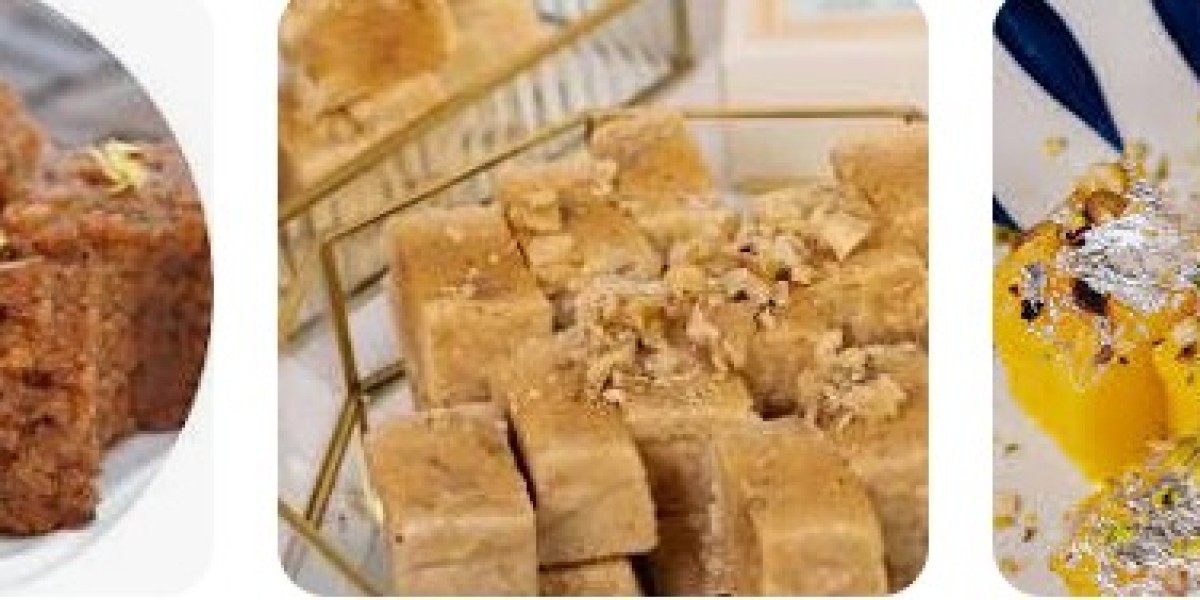Introduction
Akhrot Halwa, or Walnut Halwa, is a traditional dessert enjoyed in many parts of South Asia, the Middle East, and Central Asia. Made with walnuts, sugar (or jaggery), ghee, and aromatic spices, this rich and nutty sweet dish is often served during festivals, weddings, and special occasions. Beyond its delicious taste, Akhrot Halwa is also known for its nutritional benefits, making it a favorite among health-conscious individuals.
The Origins and Cultural Significance of Akhrot Halwa
Historical Background
Halwa, in its various forms, has been a part of Middle Eastern and South Asian cuisine for centuries. The word halwa comes from the Arabic "ḥalwā," meaning sweet. The earliest versions were likely made with dates and honey, but over time, regional adaptations introduced ingredients like semolina, nuts, and dairy.
Akhrot Halwa, specifically, gained popularity in Kashmir, Iran, Afghanistan, and Turkey, where walnuts are abundant. In Kashmir, it is a winter delicacy, often prepared during weddings and religious festivals. In Iran, it is known as Halva-e Gerdoo and is commonly served with tea.
Festivals and Celebrations
Eid and Ramadan: In Muslim-major regions, Akhrot Halwa is a festive treat during Eid celebrations and Iftar meals.
Diwali and Lohri: In North India and Pakistan, it is prepared during winter harvest festivals.
Weddings: In Kashmiri culture, serving walnut-based sweets symbolizes prosperity and good health for the newlyweds.
Traditional Recipe: How Akhrot Halwa is Made
Key Ingredients
Walnuts (Akhrot) – The star ingredient, providing a rich, buttery texture.
Sugar or Jaggery – For sweetness (jaggery adds a deeper flavor).
Ghee (Clarified Butter) – Enhances richness and aroma.
Milk or Water – Used to bind the mixture.
Cardamom & Saffron – For fragrance and flavor.
Optional Add-ins: Chopped almonds, pistachios, or raisins for extra texture.
Step-by-Step Preparation
Grinding the Walnuts:
Walnuts are finely ground into a coarse paste (some prefer a slightly chunky texture).
Cooking the Sugar Syrup:
Sugar/jaggery is melted in water to form a thick syrup.
Roasting in Ghee:
The walnut paste is roasted in ghee until fragrant.
Combining Ingredients:
The sugar syrup is added slowly, stirring continuously to avoid lumps.
Final Simmering:
The mixture is cooked until it thickens and leaves the sides of the pan.
Garnishing:
Saffron-infused milk, cardamom powder, and nuts are added before serving.
Health Benefits of Akhrot Halwa
Despite being a sweet dish, Akhrot Halwa offers several health benefits when consumed in moderation:
1. Rich in Omega-3 Fatty Acids
Walnuts are one of the best plant-based sources of omega-3s, which support brain health and reduce inflammation.
2. Boosts Heart Health
The healthy fats in walnuts help lower bad cholesterol (LDL) and improve cardiovascular function.
3. Good for Skin and Hair
Walnuts contain vitamin E and antioxidants, promoting glowing skin and strong hair.
4. Energy-Boosting Snack
The combination of nuts and ghee provides sustained energy, making it a great winter dessert.
5. Helps with Digestion
If made with jaggery, it aids digestion due to its natural mineral content.
Modern Variations of Akhrot Halwa
While the traditional recipe remains popular, modern chefs and home cooks have introduced creative twists:
1. Vegan Akhrot Halwa
Replaces ghee with coconut oil and uses almond milk instead of dairy.
2. Sugar-Free Version
Made with dates, stevia, or honey for a healthier alternative.
3. Chocolate Walnut Halwa
Cocoa powder or melted dark chocolate is added for a decadent twist.
4. Baked Halwa Bars
The mixture is pressed into a tray, baked, and cut into snackable bars.
Akhrot Halwa Around the World
Different cultures have their own versions of walnut-based sweets:
| Country | Name | Key Differences |
|---|---|---|
| Turkey | Cevizli Helva | Often includes semolina and pine nuts. |
| Iran | Halva-e Gerdoo | Less sweet, sometimes flavored with rosewater. |
| India/Pakistan | Akhrot Ka Halwa | More ghee and cardamom used. |
| Afghanistan | Halwa-e-Akhrot | Often paired with green tea. |
Why Akhrot Halwa Remains Popular Today
Nostalgia & Tradition – Many associate it with childhood memories and family gatherings.
Healthier Dessert Option – Compared to refined sugar-based sweets, it offers nutritional value.
Versatility – Can be served warm, cold, or as a stuffing in pastries.
Global Appeal – With rising interest in nut-based diets, it fits into vegan and keto trends.
Conclusion
Akhrot Halwa is more than just a dessert—it is a cultural treasure with deep-rooted traditions and surprising health benefits. Whether enjoyed during a festival, as a comforting winter treat, or in a modern reinvented form, its rich flavor and nutritional profile ensure its place in global cuisine for years to come.
For those who haven’t tried it yet, making Akhrot Halwa at home is a rewarding experience that brings warmth and sweetness to any occasion.







